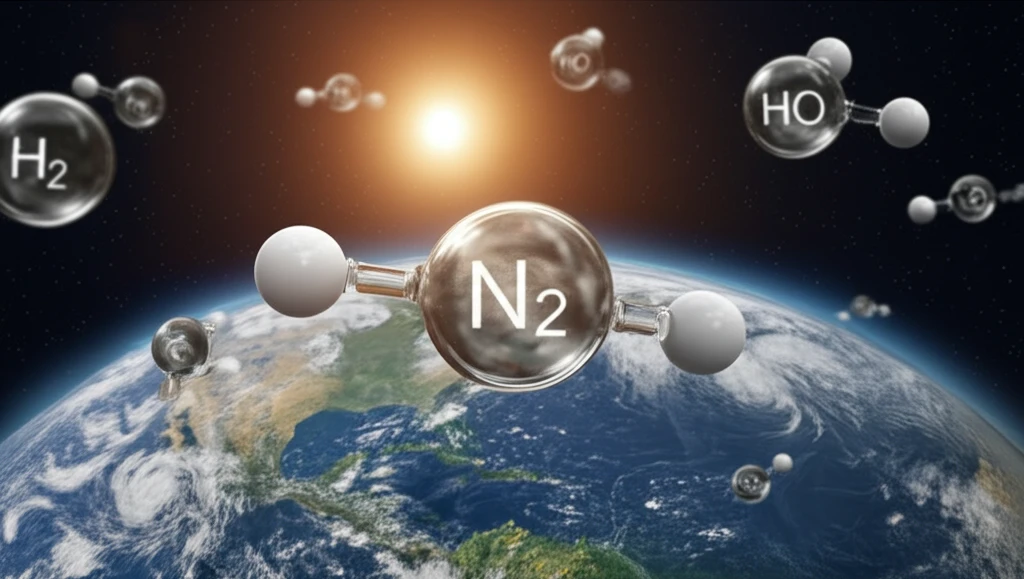![]()
Turning Carbon Monoxide into Gold: The Silicon Chemistry Breakthrough
"Discover how scientists are using silicon, the second most abundant element, to revolutionize carbon monoxide chemistry and create new materials."
In an era defined by the urgent need for sustainable energy solutions and innovative chemical processes, scientists are relentlessly exploring new ways to transform carbon monoxide (CO) into valuable multicarbon compounds. Carbon monoxide, often considered a waste product, holds immense potential as a building block for fuels, solvents, and a wide array of organic bulk chemicals. The key challenge lies in breaking the exceptionally strong bond between carbon and oxygen atoms.
Traditionally, this transformation has been the domain of transition metals, which act as catalysts to facilitate the reductive scission—or splitting—of the CO bond. However, a groundbreaking study has emerged, shifting the focus to silicon, the second most abundant element in the Earth's crust. This research explores how silicon can be harnessed to split and reductively couple CO under nonmatrix conditions, opening up exciting new possibilities for carbon monoxide chemistry.
In a recent study, researchers Yuwen Wang, Arseni Kostenko, et al. from the Department of Chemistry at Technische Universität Berlin have demonstrated a novel approach to CO coupling using divalent silicon. Their work, published in the Journal of the American Chemical Society (JACS), details the selective deoxygenative homocoupling of carbon monoxide mediated by silicon. This innovative method not only circumvents the need for rare and expensive transition metals but also offers a fresh perspective on CO activation and transformation.
Silicon's Unexpected Role in CO Chemistry

The conventional approach to transforming carbon monoxide into multicarbon compounds heavily relies on transition metals, which have been the workhorses of reductive carbonylation for decades. However, the reliance on these metals presents significant challenges, including their scarcity, high cost, and potential environmental impact. The new study challenges this paradigm by demonstrating that silicon, an abundant and environmentally benign element, can facilitate the reductive coupling of CO.
- Silicon's Abundance: Silicon is the second most abundant element in the Earth's crust, making it a sustainable alternative to transition metals.
- Mild Conditions: The reactions occur at room temperature and 1 atmosphere, reducing energy consumption and costs.
- Selective Homocoupling: The process selectively produces disilylketenes, valuable precursors for various chemical syntheses.
- Novel Reagents: The use of divalent silicon compounds (LSi:)2Xant 1a and (LSi:)2Fc 1b opens up new avenues in CO chemistry.
A Sustainable Future with Silicon Chemistry
The study by Wang, Kostenko, and colleagues marks a significant step forward in sustainable chemistry, offering a viable alternative to traditional transition-metal-based CO transformations. By harnessing the unique properties of silicon, this research paves the way for developing more environmentally friendly and cost-effective methods for producing valuable multicarbon compounds.
